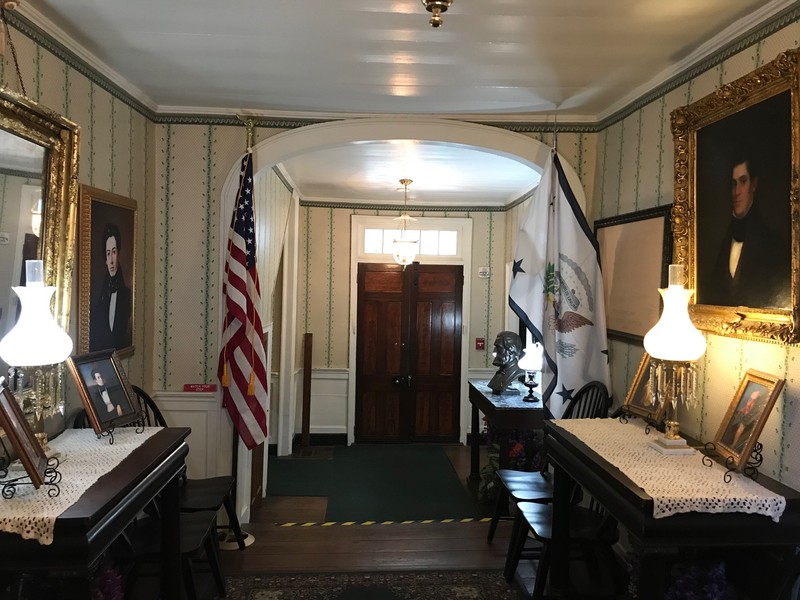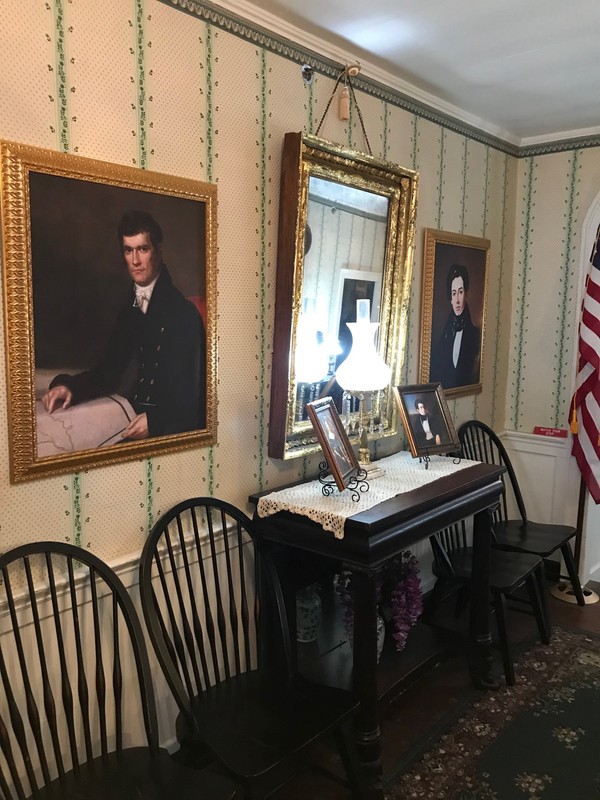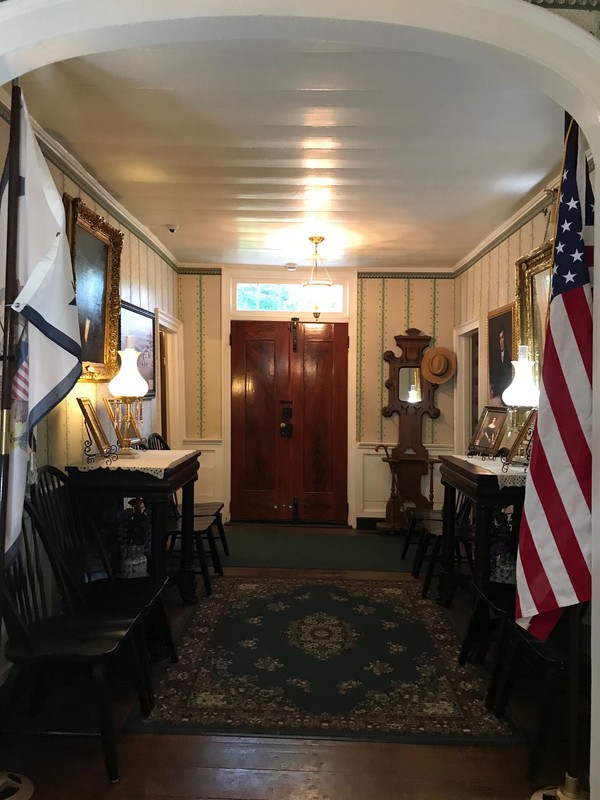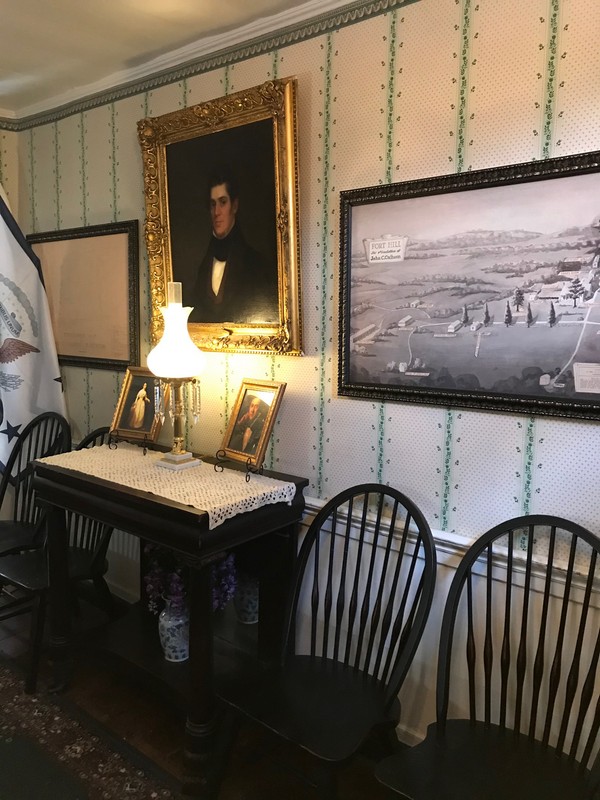Fort Hill-Front Hallway
Introduction
Author-Uploaded Audio
00:00 / 00:00
Listen to a narration of this entry's description by Fort Hill User.
Text-to-speech Audio
Images
Entering Fort Hill

Fort Hill Entryway

View from the back door

Entryway

Banjo Clock and a Bust of Thomas Green Clemson

Backstory and Context
Author-Uploaded Audio
00:00 / 00:00
Listen to a narration of this entry's description by Fort Hill User.
Text-to-speech Audio
A Native American tribe called the Cherokee were the first to inhabit the land which would become the upstate of South Carolina. The Cherokee lived in settlements called towns and the Lower Cherokee Town of Esseneca was built on both sides of the Keowee River, today Lake Hartwell. After the Revolutionary Way, the former SC Cherokee lands were developed and the first Hopewell-Keowee Church opened in 1791. Rev. James McElhenney from John's Island served as the minister from 1803-1812 and lived in the four-room home called Clergy Hall.
After McElhenney's death, Floride Bonneau Colhoun, the wealthy widow of John Ewing Colhoun, Sr., became the owner of the property where Clergy Hall sat. When Calhoun became the U.S. Vice President in 1825, Clergy Hall began its transformation from manse to fourteen-room dwelling house for a 19th century plantation. The Calhouns had ten children, seven of whom survived to adulthood. Their eldest surviving daughter, Anna Maria, married Thomas Green Clemson and Fort Hill would become their retirement home in 1872. Thanks to Anna Maria's will, Thomas Green Clemson was not only able to create Clemson Agricultural College but also to arrange for Fort Hill's continued preservation and maintenance. Because of his wishes, nearly all the furnishings in the home are either original to the house or to the families that lived there.
Cite This Entry
Hiott, Will and Caroline M. Ross on behalf of Fort Hill. "Fort Hill-Front Hallway." Clio: Your Guide to History. July 10, 2020. Accessed April 1, 2025. https://theclio.com/entry/68030/tour/1
Sources
“Educational Resources | Clemson University, South Carolina,” accessed May 21, 2020, https://www.clemson.edu/about/history/properties/ed.html.
“Fort Hill: The Land | Clemson University, South Carolina,” accessed May 21, 2020, https://www.clemson.edu/about/history/properties/fort-hill/.
“Historic Properties | Clemson University, South Carolina,” accessed May 21, 2020, https://www.clemson.edu/about/history/properties/.
images courtesy of Fort Hill
images courtesy of Fort Hill
images courtesy of Fort Hill
images courtesy of Fort Hill
images courtesy of Fort Hill

